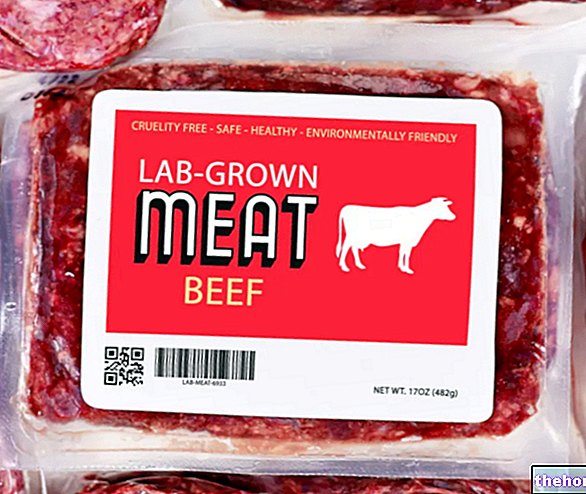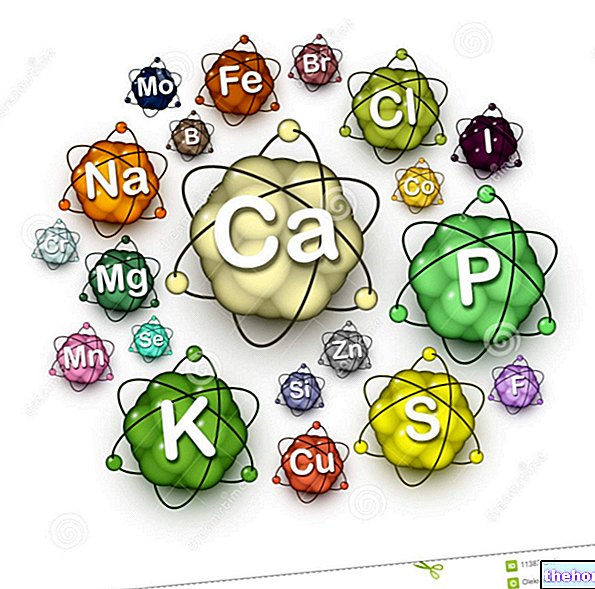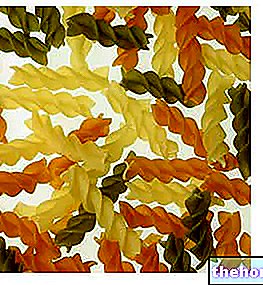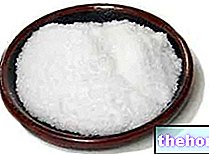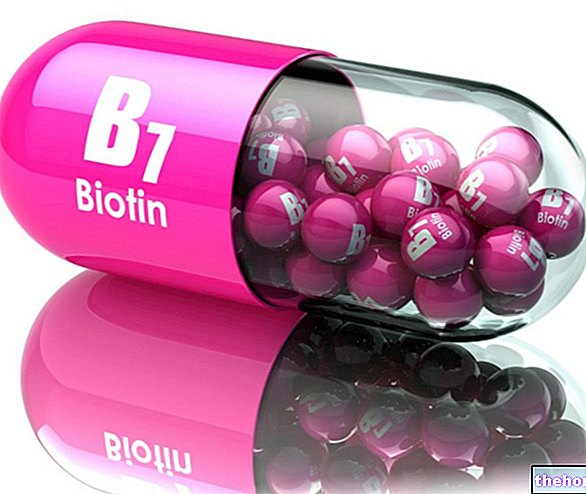Importance of carbohydrates in sports
See also: maltodextrin supplements

In particular, carbohydrates play a fundamental role during duration activities. With the same oxygen consumed, glucose (deriving from the demolition of carbohydrates) is in fact able to produce a higher quantity of energy (ATP) than fats. Unfortunately, however, while the reserves of fats are almost infinite (we are talking about kg), the reserves of carbohydrates are limited (about 300 g) and the exhaustion of these stocks causes a decrease in performance.
The intake of carbohydrates with food during an effort would require digestion times that are too long, subtracting energy from other physiological processes. Hence the need to take carbohydrates through food supplements (maltodextrin).
What are maltodextrins?
Maltodextrins are polymers deriving from the hydrolysis process of starches (corn starch is usually used). Through industrial processes it is in fact possible to modify the chemical bonds that unite the polysaccharides to obtain more or less complex carbohydrates. The maltodextrins thus obtained are soluble in water, have a pleasant taste and are easy to digest.
During a race or training, the intake of maltodextrin guarantees a constant supply of energy while keeping the blood sugar relatively stable.
Main advantages of maltodextrins over carbohydrates contained in food:
- Neutral flavor
- Soluble in water
- Easily assimilated even in case of enzymatic deficiency
- Low salt content
- They develop a much lower osmotic pressure than simple carbohydrates with a low molecular weight (1/5 compared to glucose); this results in a more rapid gastric emptying (greater speed of absorption). For this reason, solutions of maltodextrin at high concentrations can be assimilated without problems, while an isocaloric solution of dextrose or other simple sugars would cause the appearance of abdominal cramps up to diarrhea.
Dextrose Equivalence
The doses and methods of taking maltodextrins depend on the type of sport practiced and its duration.
We remember that:
- simple sugars or monosaccharides provide short-term energy, are readily assimilable and require short digestion times (high glycemic index)
- complex sugars or polysaccharides provide medium and long-term energy but require longer digestion times (medium glycemic index)
Dextrose Equivalence (D.E) gives the consumer an estimate of the complexity of the various maltodextrins. In commercial products, this parameter generally varies from a minimum of 4 to a maximum of 20. As a general rule, the higher the Dextrose-Equivalence value, the shorter the polysaccharide chains, therefore the faster the methods of absorption and utilization. However, it should be noted that the glycemic index of maltodextrins is high and similar to that of glucose even in the case of low dextrose equivalence. In fact, we are still talking about extremely refined carbohydrates, lacking the most important elements (such as fibers, fats, proteins and factors anti-nutritional) capable of lowering the glycemic index. Furthermore, it has been seen how concentrated solutions of dextrose, by virtue of the marked osmotic effect (recall of water in the digestive system) are absorbed more slowly than isocaloric solutions of starch hydrolysates, even very complex ones, such as vitargo (which is distinguished by the presence of numerous branching points, with high percentages of amylopectin :).
An excellent compromise can be obtained by purchasing maltodextrin with medium D.E. However, it would be ideal to take maltodextrins with different D.E depending on the discipline practiced and the stage of the competition.
during the initial phases of a gran fondo it is preferable to take maltodextrins with a medium-low D.E, while during the final phases it is advisable to use rapidly digesting carbohydrates (high D.E)
Doses, Method of Use and Side Effects
The absorption of maltodextrins is optimal if they are added to moderately chilled water (about 10 °) with a percentage ranging from 6 to 10% (60-100 grams per liter). It is also advisable to sip the drink instead of drinking it all in one time.

Taking it before training or competition contributes to the saturation of hepatic and muscle glycogen stores, but can cause undesirable effects such as excessive body weight gain and gastrointestinal problems. (See: The supercompensation of glycogen).
If taken at the end of the competition, they favor the rebalancing of energy stocks. However, except in particular circumstances (competitions or close training sessions) it is preferable to take carbohydrates from food gradually, allowing at least one hour to pass from the end of the competition to allow the disposal of waste accumulated during physical exercise.
We remind you that the carbohydrates taken in excess are converted into fat and that it is therefore useless to take maltodextrin if the duration of the sporting commitment was less than an hour and a half. Once this threshold is exceeded, it is recommended to take about 30 g of maltodextrin for each hour of competition.
On the market you can find maltodextrins with the addition of vitamins and mineral salts, particularly useful during the summer season.

